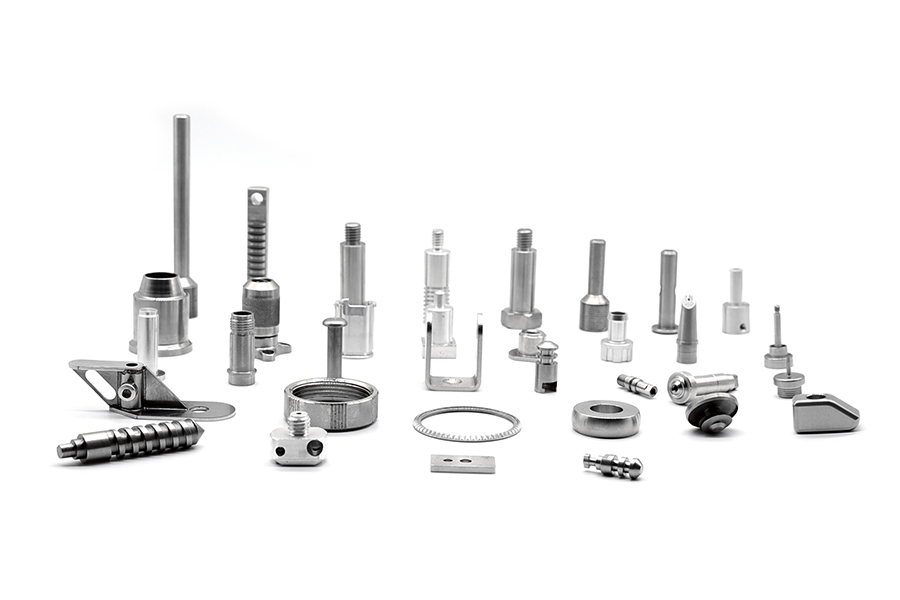In mechanical manufacturing technology, the geometry of the parts to be processed is ever-changing, but in general, they are rotary parts and non-rotary parts. The rotary part machining mainly includes holes, shafts, tapered surfaces, curved surfaces and threads machining, etc., and the non-revolving parts mainly include the processing of holes, plane contours, three-dimensional contours, and tapping. The processing methods they use are turning, milling, drilling, grinding, etc., and correspondingly equipped with CNC lathes, milling machines, drilling machines, grinding machines, etc.
There is also a CNC machine tool that can automatically change tools and automatically exchange workpieces for multi-process processing—machining center (called turning center when revolving parts are the processing object). The task of these CNC machines is mainly to manufacture various prescribed geometries. Therefore, when analyzing different processing methods from the current point of control technology, we mainly focus on the control of geometric laws. For example, for drilling and boring processing, the drill shaft, and boring bar shaft, collectively referred to as the spindle, move relative to the position of the hole to be machined on the workpiece (no movement is performed during the movement, only for positioning), and the spindle rotates and the length of the hole to be machined is rotated. The linear feed movement is performed in the direction to complete the processing of the hole. The main task here is point control. The turning and milling motions, the main task is either to generate linear motion or to create any geometric shape on the plane. The machine tool that moves with three coordinates or more than three can produce more complex three-dimensional contours.
Therefore, digital control in the mechanical manufacturing process is to make the relative movement of the workpiece and the tool form a prescribed geometric trajectory. Of course, it is matched with the automatic selection of spindle state and speed, automatic tool change, tool size compensation, and feed speed, which are directly related to the energy flow of the machine tool. Otherwise, it is impossible to process qualified parts. To sum up, the fundamental task of the numerical control of machine tools is the control of the motion track stroke amount and the switch amount. Therefore, in terms of overall motion control, G-code and M-code commands are used in the numerical control of machine tools to correspond to their fundamental tasks. Further refinement requires other codes, such as spindle speed, tool number, feed speed, etc., which are represented by code commands such as S, T, and F, respectively.
In addition, starting from the development needs of flexible manufacturing automation systems, CNC requires network communication and direct control (DNC) functions, so that the upper computer can carry out unified management and control to achieve overall optimization; to meet the needs of flexibility, CNC itself should have openness in structure and reconfigurability in function.
Related searches
CNC milling brass parts,CNC turning brass parts,CNC Machining brass parts

